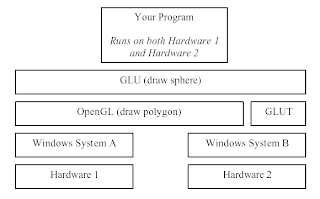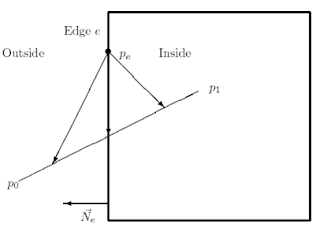2D Transformations
2D computer graphics is the computer-based generation of digital images—mostly from two-dimensional models.There are three types of transformations that are essential in computer graphics
1-Translation
Moving an object to a new location by adding to objects x and y co-ordinates.
2-Scaling
Changing the size of the object.This can be uniform where both dimensions are re-sized by same factor or non-uniform.
3-Rotation
Object is rotated around the origin by specified angle.
Homogeneous Transformations
In order to represent a translation as a matrix operation we use 3 x 3 matrices and pad our points to become 1 x 3 matrices.
2D computer graphics is the computer-based generation of digital images—mostly from two-dimensional models.There are three types of transformations that are essential in computer graphics
1-Translation
Moving an object to a new location by adding to objects x and y co-ordinates.
2-Scaling
Changing the size of the object.This can be uniform where both dimensions are re-sized by same factor or non-uniform.
3-Rotation
Object is rotated around the origin by specified angle.
Homogeneous Transformations
In order to represent a translation as a matrix operation we use 3 x 3 matrices and pad our points to become 1 x 3 matrices.











